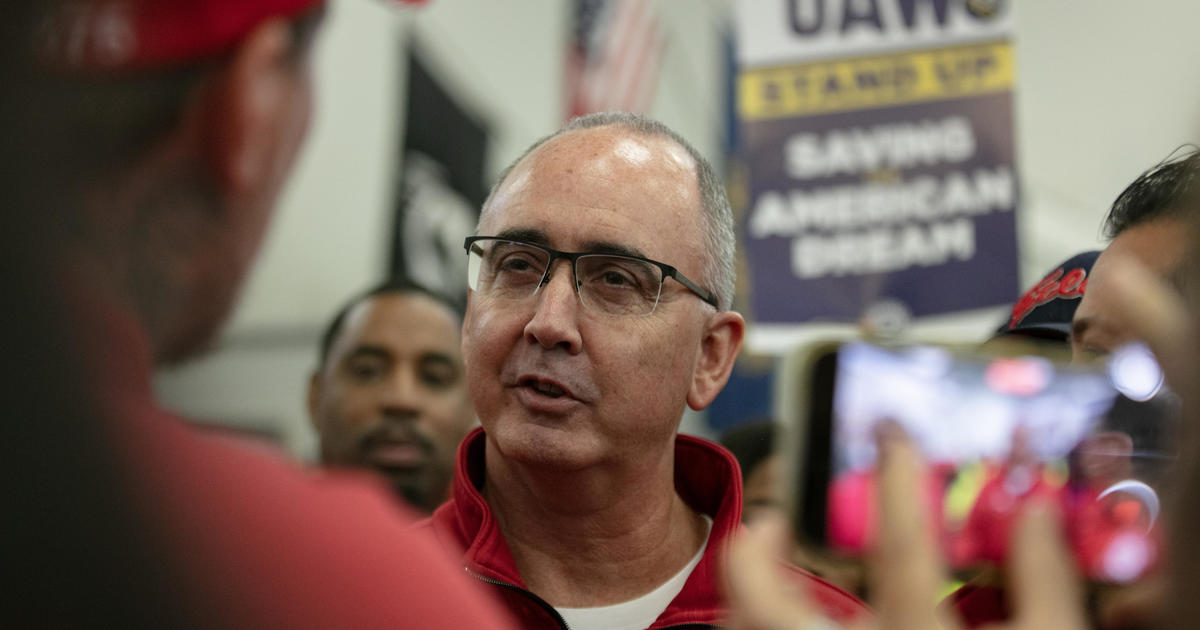WMU Students Show Off Inventions
If you're looking for the entrepreneurial future of Michigan, it was on display Friday in the atrium of Western Michigan University's spectacular, 343,000-square-foot, $100 million College of Engineering and Applied Sciences building.
Six teams of students in a class called IME 3010, Entrepreneurial Engineering II: Product Design and Development, were pitching their products in public Friday to an audience of upper elementary and middle school students, fellow WMU students, other professors and guests.
The class is part of a three-course entrepreneurial track in WMU's industrial engineering area. The first course teaches students basic concepts of product design and development. In the second class, the students actually design and build prototypes of products they dream up themselves, and do basic cost and manufacturing analysis.
"In the next class after this one, we design facilities to manufacture these products, determine what machinery is needed, and determine what's economical to make or to buy," said WMU professor Azim Houshyar, one of four professors involved in the courses. "By the time they are done with these three courses, they should be ready to take these products to a venture capitalist."
In alphabetical order, the products on display Friday were:
* The Fail Safe Roofing System, which used the hardware of a seat belt to create a novel fall-prevention safety harness for roofers. Current technology uses simple ropes, which are frequently in the way of the roofers' work and themselves present a tripping hazard. Using seat belt technology and unique rooftop devices that turn the angle of the belts 90 degrees, the students eliminated slack in the safety line. The students involved said there have been nearly 7,500 roofer falls the past three years for which information is available, with total claims from those falls of almost $250 million. They say they can manufacture the unit for below the $130 cost of competing technology.
* The Ice Life Saver, a lifesaving device affixed to a belt for ice fishermen, pond hockey players and others who venture out onto the ice. If you fall into the water, pull a tab, and a small CO2 canister fills two small rubber floats that will keep you on the surface. The floats also have cleats affixed to help you get out of the water.They plan to mass produce the device at $50.
* Life Saving Shorts, a similar concept that uses a small CO2 cartridge to inflate a life vest that is small enough to store in the waistband of swimming trunks. Students said their research showed that people don't like wearing live preservers because they're bulky, ugly and restrict movement. This emergency life vest addresses those concerns.
* TLC, the Temperature Level Coozie, a baby bottle jacket that displays the temperature of the milk inside to make sure it's not too hot for baby, while keeping it warm longer than a traditional bottle. The student designers said they believed they could produce the device for $4.99 and hope to sell it in mass market retailers.
*Slope Store, a removable compartment that mounts to a snowboard's bindings. It's intended to hold personal items such as keys, wallets and cell phones. The students involved said they plan to manufacture the product for $15 and sell it to retailers for $20.
*Quick Hitch, a swiveling trailer hitch that makes it much easier to hook up a trailer to a hitch -- because you don't have to have perfect alignment between the trailer ball at the end of the draw bar on the towing vehicle and the ball mount at the end of the trailer tongue. The draw bar swivels 180 degrees -- and then locks in place with a outer sleeve and a pin so that it doesn't sway when towing. Students said this device can be manufactured for a mere $18.64 -- when competing technologies sell for $194 to $769.
Two of the other professors involved in IME 3010 -- Tycho Frederick, director of WMU's Human Performance Institute, and Steve Butt, assistant chair of industrial engineering for the college -- were busy taking groups of upper elementary and middle school students around the engineering college Friday, leading them in product design exercises.
Scott Conant, the college's student outreach and recruitment coordinator, and Anthony J. Vizzini, its dean the past 18 months, said it's all part of trying to build more interest in science, technology, engineering and mathematics careers.
"The problem with STEM in this nation is that we've always cateredto those who naturally rise up," Vizzini said. "But this nation needs more scientists and engineers than that."
The college today has about 2,500 students, up from roughly 2,100 five eyars ago, Conant said.
(c) 2010, WWJ Newsradio 950. All rights reserved.



